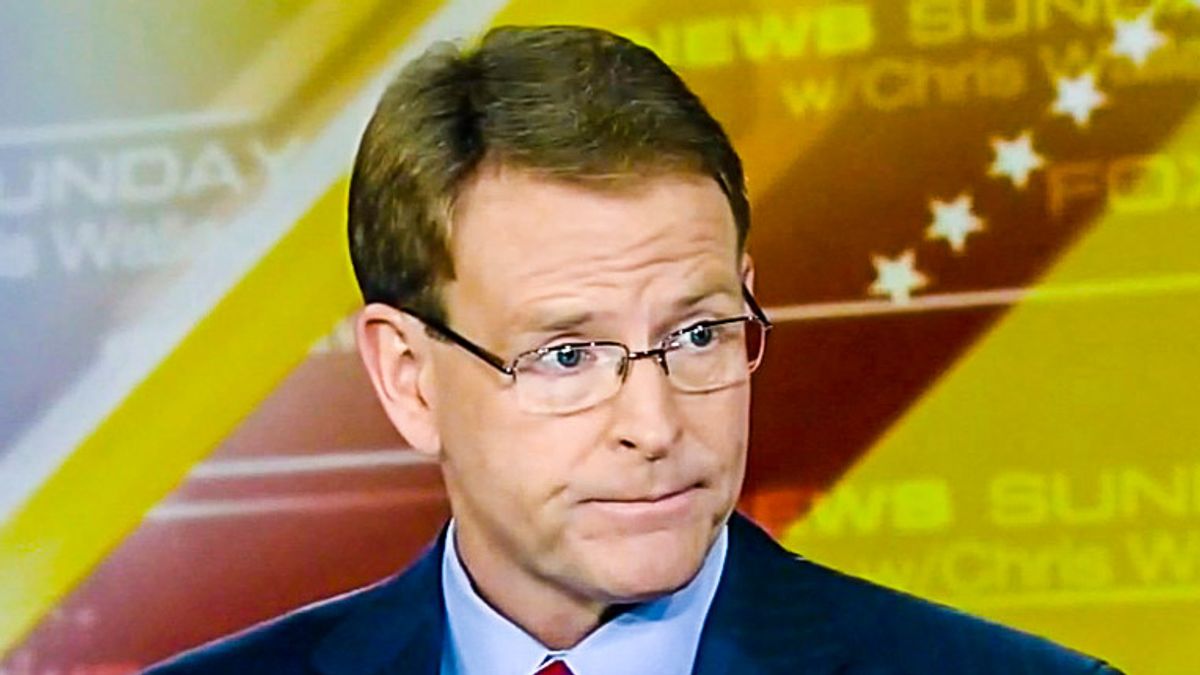“Booming” Economy Leaves Millions Behind: Part Eleven
Below is part 11 of the series called “Booming” Economy Leaves Millions Behind. It contains 50 new and updated statistics from multiple sources. New dismal records continue to be set and the long depression that started many years ago continues to intensify. Part 12, the last part, will appear in a few weeks. Facts, discussion, and analysis on the economic and social decline unfolding worldwide will still be provided in future articles on the economy under different applicable titles. Links to all previous ten parts of this series can be found below.
*****
U.S. Conditions
“Biden drops to just 32 percent approval in new Civiqs Poll.”
“Inflation and the Fed plan to cut wages: A depression Is coming.”
“83% of Americans cut back on spending as economy careens towards crisis, poll finds.”
“Americans tap pandemic savings to cope with inflation.”
“U.S. labor market starts to cool as weekly jobless claims rise, layoffs surge. Announced job cuts jump 57% to 32,517 in June [2022].”
“Stocks slide to close worst first half in 52 years.”
“Investments in U.S. tech start-ups plunged 23 percent over the last three months, to $62.3 billion, the steepest fall since 2019, according to figures released on Thursday by PitchBook, which tracks young companies.”
“U.S. power companies face supply-chain crisis this summer.”
“New vehicle sales in June 2022 plunged 25% from June 2019, back to 1970s levels, on inventory shortages.”
“Average car payments now above $700/month, highest price tag on record.”
“Housing bubble getting ready to pop: pending sales plunge in June [2022], inventory jumps, price reductions spike amid holy-moly mortgage rates.”
“‘Peak inflation is not here yet’: Rents continue to rise, putting pressure on would-be homebuyers.”
“Manhattan apartment sales fall 30% in June [2022], but prices remain high.”
“WA [State of Washington] gasoline sales drop, lifestyles change amid soaring prices.”
“Report: WV [West Virginia] had highest food insecurity in nation through first half of June [2022].”
“Texans face skyrocketing home energy bills as the state exports more natural gas than ever.”
“Inflation is making homelessness worse. Rising prices and soaring rents are taking their toll across the country.”
“Sacramento State [California] researchers document startling jump in homelessness in county.”
“Red flag: Consumers are using Buy Now, Pay Later to cover everyday expenses.”
“State cuts continue to unravel basic support for unemployed workers.”
“Confidence in U.S. institutions Down; average at new low.”
“Highland Park Fourth of July [2022] parade shooting was nation’s 309th this year.”
“Panic at July Fourth [2022] celebrations as crowds mistake fireworks for gunfire.”
“Just 7% of U.S. adults have good cardiometabolic health.”
International Conditions
“One child pushed into severe malnutrition every minute: Unicef.”
“Oxfam condemns G7 for ‘leaving millions to starve’.”
“Global hunger figures rose to as many as 828M in 2021: UN.”
“Historic cascade of defaults is coming for emerging markets.”
“Charting the global economy: Factories slow down from US to Asia.”
“Euro slides to 20-year low against the dollar as recession fears build.”
“Inflation in Eurozone hits record 8.6% as Ukraine war continues.”
“Sri Lanka energy minister warns petrol stocks about to run dry.”
“Sri Lankans turn to bicycles as economic crisis worsens.”
“The world’s third-largest economy [Japan] is facing a looming energy crisis.”
“Indonesia’s annual inflation rate quickened to 4.35% in June 2022 from 3.55% in May, above market consensus of 4.17% and breaching the central bank’s target range of 2 to 4%.”
“Millions of Yemenis to go hungry as UN forced to slash food aid.”
“Egypt’s external debt increased by 8.5 percent in three months.”
“Over 33,000 British Columbia [Canada] government workers vote for strike action, as contracts for 400,000 public sector workers expire.”
“Australia risks recession and housing downturn after third rate hike.”
“UK: Supermarkets put security tags on cheese blocks as stores tackle shoplifting amid soaring food costs.”
“UK: Debt held by over-55s up 40% in five years.”
“British Airways to cancel 10,300 more flights.”
“Norway strikes threaten to cut off gas supplies to UK within days.”
“The consumer confidence index in Denmark fell to a new record low of -24.8 in June 2022 from -22.4 in the previous month, with four out of the five indicators declining.”
“Germany posts first monthly trade deficit in 30 years.”
“France records highest inflation rate for decades.”
“Dutch farmers block entrances to supermarket warehouses.”
“State of emergency declared In Italy’s drought-stricken North.”
“Italy’s liabilities towards other euro zone central banks jumped to a new record high in June [2022], central bank data showed on Thursday.”
“Core inflation rate in Spain, which excludes volatile items such as unprocessed food and energy products, rose to 4.9 percent in May of 2022, the highest since October of 1995, from 4.4 percent in April.”
*****
Worldwide there is no letup in the intensification of the destruction and violence produced by the outdated political and economic system of the rich. Inhumane conditions are flourishing globally under a system which has long benefitted elitist rule. Capital-centered fiscal and monetary policies have solved nothing; they have not prevented recurring crises.
There is a growing sense among people that no matter what the rich and their representatives in different spheres do they just make things worse and have no real sustainable human-centered solutions. The inefficacy of existing liberal institutions of governance is becoming more glaring to more people. Various media outlets are even openly discussing how and why “representative democracy” is seen by many as a farce at this stage of history. People are blocked from establishing arrangements that favor them and they want mechanisms and institutions that effectively and rapidly affirm their rights. They do not want the life sucked out of them fighting for years just for a few crumbs while fundamental problems worsen. Constantly begging the cartel parties of the rich for some crumbs is exhausting, humiliating, and unsatisfactory.
The only way out of recurring crises and endless tragedies is by ending the rule of capital and establishing the rule of working people. Experience shows daily that an economic system dominated by competing owners of capital striving to maximize profit as fast as possible is a disaster for the social and natural environment. Rule by the financial oligarchy must be replaced by rule of the working class if human rights are to be guaranteed in practice. An integrated socialized economic system built and operated by working people but divided up amongst competing owners of capital to do with as they wish will only guarantee more crises and tragedies.
At this stage of history and social development what is needed is an economic system based on the broad aim of using socially-produced wealth to advance the general interests of society. Such a society will empower people to take charge of the affairs of society and prohibit private interests from accessing public funds and assets.
Part one (April 10, 2022); Part two (April 25, 2022); Part three (May 10, 2022); Part four (May 16, 2022); Part five (May 22, 2022); Part six (May 30, 2022); Part seven (June 6, 2022); Part eight (June 13, 2022); Part nine (June 17, 2022); Part ten (June 27, 2022).







